Authored by : Sumedh Battewar – CBO and Co-Founder, EMotorad
 Transportation of goods from a distribution hub to the final delivery destination — the door of the customer forms a critical part of any retail supply chain business. In the race to reach consumers, getting the last-mile delivery right is important. Many questions usually come up in the logistics business with how can sellers fulfil delivery promises or how can retailers expedite delivery and delight customers being among the top. The answers to both are in providing a robust last-mile solution.
Transportation of goods from a distribution hub to the final delivery destination — the door of the customer forms a critical part of any retail supply chain business. In the race to reach consumers, getting the last-mile delivery right is important. Many questions usually come up in the logistics business with how can sellers fulfil delivery promises or how can retailers expedite delivery and delight customers being among the top. The answers to both are in providing a robust last-mile solution.
As the world of retail e-commerce evolves, there has been a lot of innovation. One of those is in the area of product delivery. ICE vehicles have been in use world-over for carrying out delivery since the time the sector has boomed. While they have been doing their job and ensuring the logistics cycle works without much of a hitch, the changing times have brought up newer challenges. Business is today looking for competitive advantage, cost optimization, and even meeting government-set targets in reducing carbon footprints.
Optimising Potential
The search for a better option in the transportation of goods, especially last-mile delivery solutions has led the sector to e-bikes. Offering the potential to significantly bring down the cost per shipment, last-mile logistics providers are viewing e-bikes as their best bet. They are looking at it as a significant competitive advantage leading to cost optimisation. A beginning has been made with many companies experimenting with e-bikes in countries like
the UK, US, and many European countries. Industry reports indicate that about 1,00,000 e-cargo bikes found a place in delivery fleets across Europe between 2018 and 2021. Its success can be seen in the logistics industry, with players now hailing the switch from ICE vehicles to e-bikes calling it an uncelebrated hero.
Over the next decade, last-mile delivery solutions using e-bikes are only set to grow. When it comes to strategies, two or three-wheelers could be as important as the four-wheelers in use. When eventually rolled out on a major scale, e-bikes hold the potential to edge out ICE vehicles in this space by ushering in major freight cost reduction. Pedal or battery power is
definitely a practical alternative to using petrol or diesel-operated vans. Studies show that e-bikes used in providing last-mile solutions are capable of making their deliveries up to 60 percent faster than traditional vehicles. In the New York metropolitan area as well as in countries including Belgium, the Netherlands, Germany, Hong Kong, and Singapore pilot projects using e-bikes for deliveries have been a success with up to 180 kg of goods being
hauled in last-mile deliveries that included uphill terrain with ease.
Clean and Green
These pilot projects have shown that the benefits translate into an e-bike producing 90 percent less carbon dioxide than diesel vans and 33 percent less than electric vans. In India, the government has been extremely supportive. Many state governments like Maharashtra have included the use of electric vehicles in the delivery fleet of e-commerce logistics companies. With players in the e-commerce and retail businesses having pledged to convert a significant part of their mobility needs to e-mobility, the need for purpose-built low-cost EVs will be felt in the days to come. E-cycles are a credible substitute to motorcycles for last-mile delivery. The biggest push for e-bikes in the Indian context has come from the Union Minister who pitched for its use as a cost-effective and emission-free mode of the goods delivery system. The use of e-cycles for last-mile delivery will not only lower expenditure but also reduce pollution, besides addressing the issue of road congestion in our
cities.
The advantages of e-bikes that make it an attractive proposition are their quiet running and smaller size, in comparison with ICE vehicles, majorly consisting of vans and bikes. As Indian roads get congested with delivery vehicles, greener options are gaining prominence. Along with being able to deliver higher loads in less time and without causing pollution, e-bikes also offer health benefits to the riders. Electrical assistance helps balance the strain on
steep inclines for instance. E-bikes are also significantly cleaner besides offering an advantage in terms of the smaller road space it occupies and the better safety record it displays.
With so many of its benefits to list in a world that is experimenting with further reducing its carbon footprint, where businesses aim at reducing costs, the demand for last-mile delivery is only expected to increase manifold. The World Economic Forum estimates this demand to touch 78% by 2030 across the world, as e-bikes and customised solutions based on e-bikes will play a crucial role in the execution of last-mile delivery solutions.




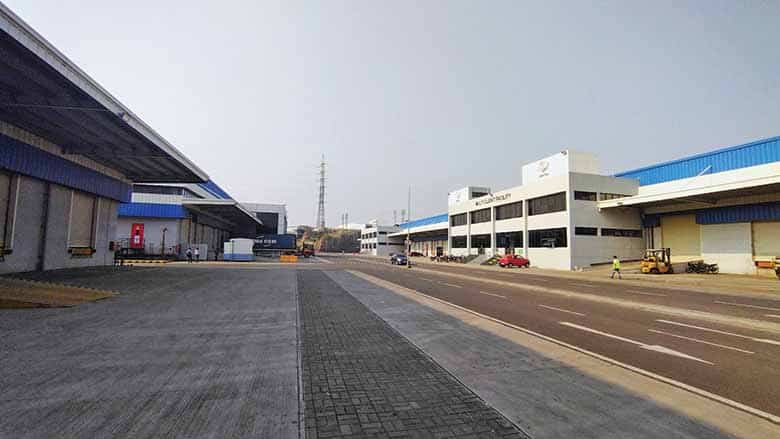
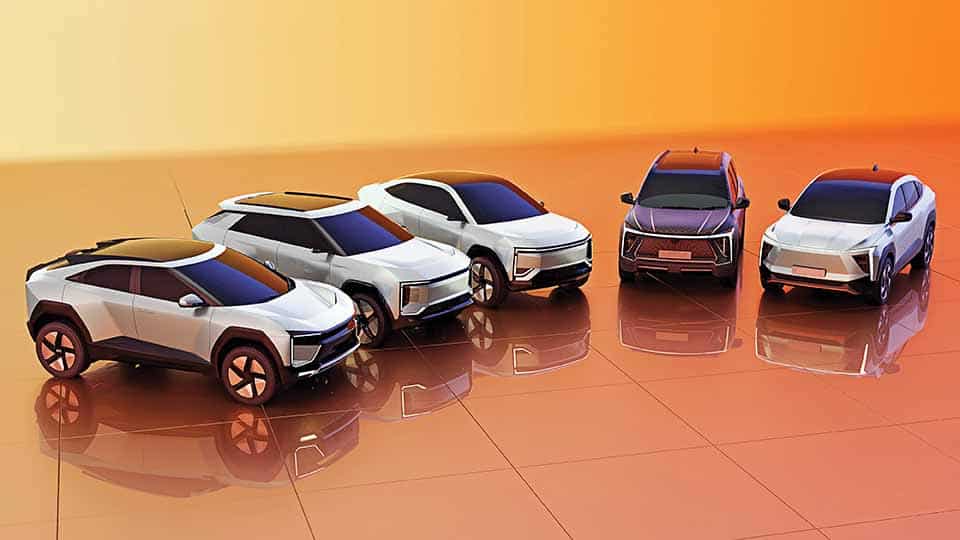


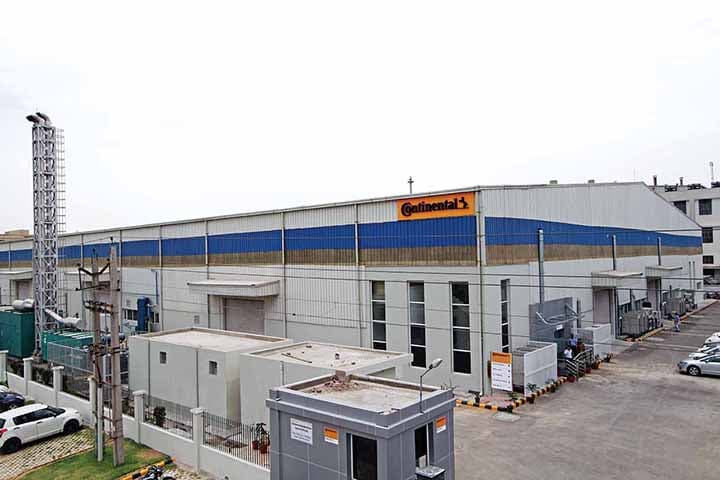


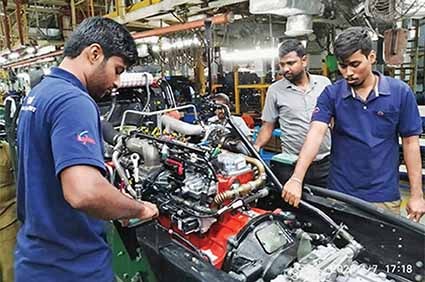
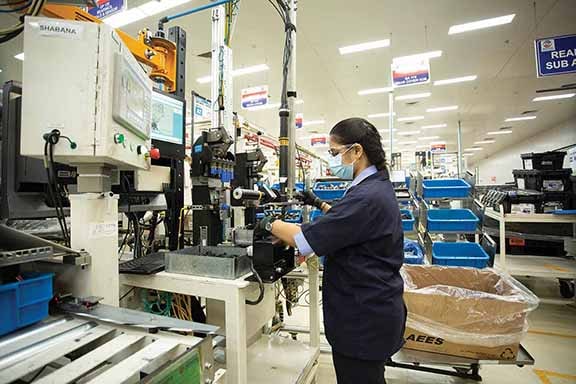



Leave a Reply